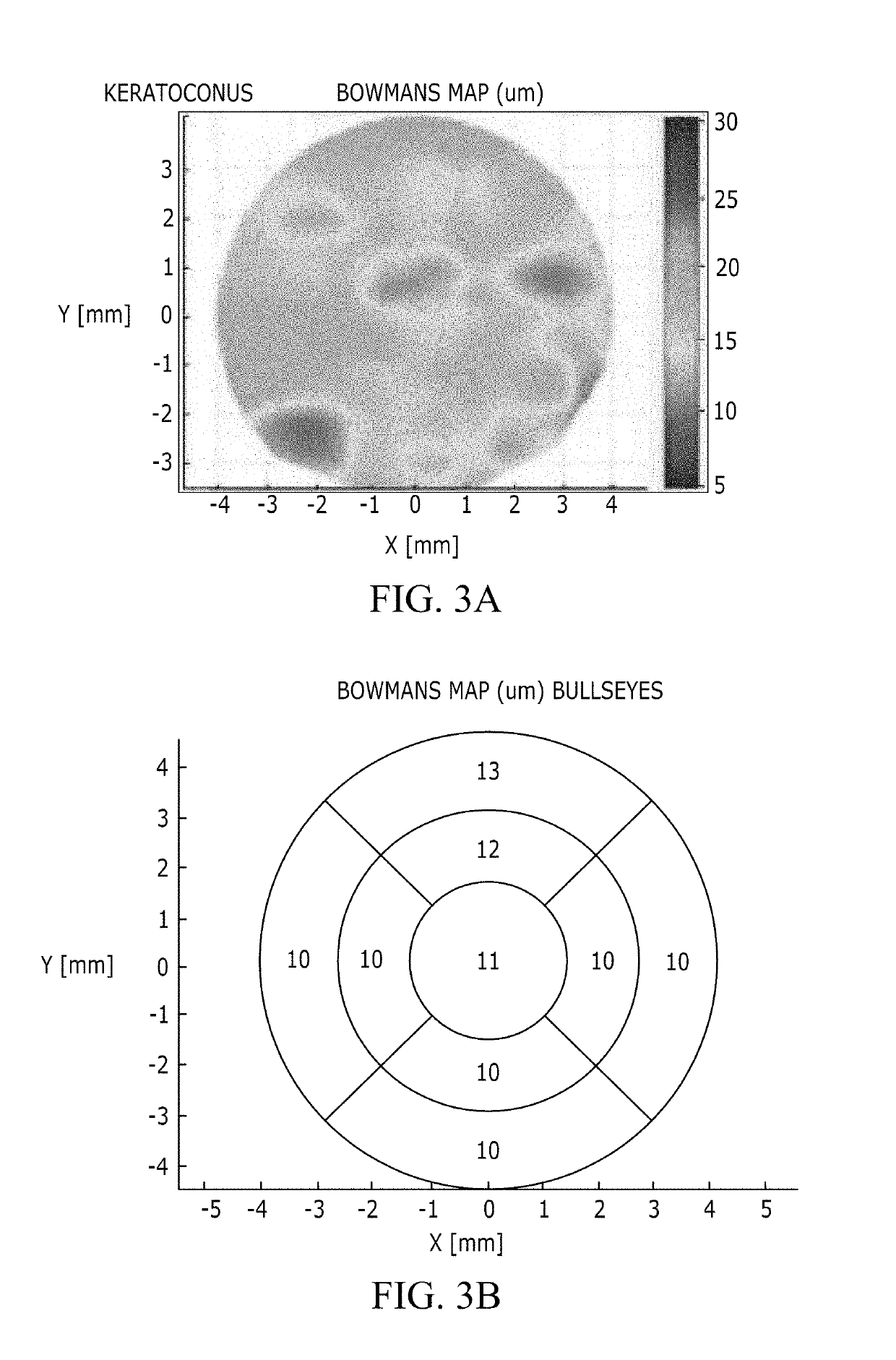However, conditions such as these are difficult to diagnose and treat.
Severe DES can lead to corneal melting compromising the integrity of the eye and can cause
blindness.
Whereas, in evaporative dry eye, which is caused by
meibomian gland dysfunction (MGD), the problem lies in deficiency in the lipid layer of the tear film leading to excessive
evaporation of the
tears.
The diagnosis and treatment of DES has become a challenge.
Major research is directed at finding new remedies for DES but those efforts are limited by the fact that there is no
gold standard for the diagnosis of DES.
Available diagnostic tests lack
standardization and usually are not representative of patient symptoms, in addition to other limitations.
The medical literature has shown poor association between current dry eye test and patient symptoms.
Additionally, the current tests are poorly standardized tests as they are affected by factors that are difficult to control.
Moreover,
reflex lacrimation as the patient keeps his or her eyes open to obtain measurements can invalidate obtained measurements.
The Schirmer test (in which paper strips are inserted into the eye to measure
moisture production) is invasive and unpleasant to the patient.
Further, hanging
filter paper from a patient's eyes could result in
reflex tearing that can affect obtained measurements.
Indeed, the discrepancy between
signs and symptoms of dry eye patients most likely stems from a lack of accuracy.
Corneal nerves are sensitive enough to detect microscopic injuries to the
ocular surface, but the available tests are not sensitive enough to visualize that injury or quantify it.
Another limitation of current clinical techniques is that many are subjectively evaluated.
Using
confocal microscopy to diagnose DES is a time-consuming procedure that requires contact with the
ocular surface and that makes it difficult to incorporate into everyday clinics and limits its use to research.
Furthermore, it can only capture images over a small area of the total
cornea.
Tear film osmolarity has shown promise as a quantitative method to diagnose DES, but it is also invasive and
time consuming.
Thus, looking at the osmolarity might not provide an insight about the response of the patient to treatment.
The most common cause of this complication that threatens vision in those patients is performing the refractive
surgery on an early ectasia patient who was not detected by the conventional current diagnostic techniques.
Their use is complicated by their variations among the general populations.
Normal range of corneal thicknesses is wide, and overlapping between normal thin corneas and early ectasia patients complicates the use of this criterion in the diagnosis of early cases of ectasia.
Thus, lack of specificity is a significant limitation of using corneal thickening for the diagnosis of the ectasia.
In fact, it is estimated that 50% of those patients will experience at least one episode of rejection, and 20% of transplants will ultimately fail by the third year, commonly due to the patient's
immune system attacking the graft
endothelium and destroying it.
Unfortunately, however, the early stages of rejection are not easily identified.
Currently, methods such as slit-lamp examination are used to detect rejection, but this method offers only limited
magnification and mild subclinical rejection episodes are often missed.
Further, performing endothelial
cell count using specular
microscopy lacks sufficient reproducibility, sensitivity, and specificity.
Finally, measuring the central
cornea thickness lack sufficient sensitivity to make it useful in the diagnosis of mild cases, and the wide range of normal corneal thickness complicates it use for diagnosis of mild corneal
graft rejection and
edema.
Degeneration of the corneal endothelial cells in Fuchs' dystrophy leads to corneal
edema and vision loss.
The same commonly used methods of detecting corneal
graft rejection are often used to diagnose Fuchs' dystrophy, but these methods have the same limitations as discussed above.
Additionally, there is no
cut-off value that can define rejection, failure, or Fuchs' dystrophy.
Further, it has been shown that reliable endothelial
cell count is not possible in at least one third of Fuchs' dystrophy patients.
This condition is an aging
disease and as our
population ages, the
prevalence of Fuchs' dystrophy is expected to rise even more and is thus expected to impose an even more significant
public health problem.
Fuchs' dystrophy imposes challenge on eye banking.
The
confusion between normal subjects and early Fuchs' dystrophy carries the risk of either
transplanting patients with early Fuchs' dystrophy corneal grafts or, on the other hand, the unnecessary
wasting of corneal tissue.
Deficiency in the
stem cell of the cornea leads to failure of the
epithelium to renew or repair itself.
This results in epithelial defects of the cornea that is persistent and resistant to treatment and loss of the corneal
clarity leading to
blindness.
It is also not possible to construct cross-sectional view of those
cell layers.
Nevertheless, OCT has not yet achieved such a role in anterior segment in general and cornea imaging in particular.
This is most likely due to the lack of standardized clinical applications for the device in imaging the anterior segment and cornea.
 Login to View More
Login to View More  Login to View More
Login to View More 


